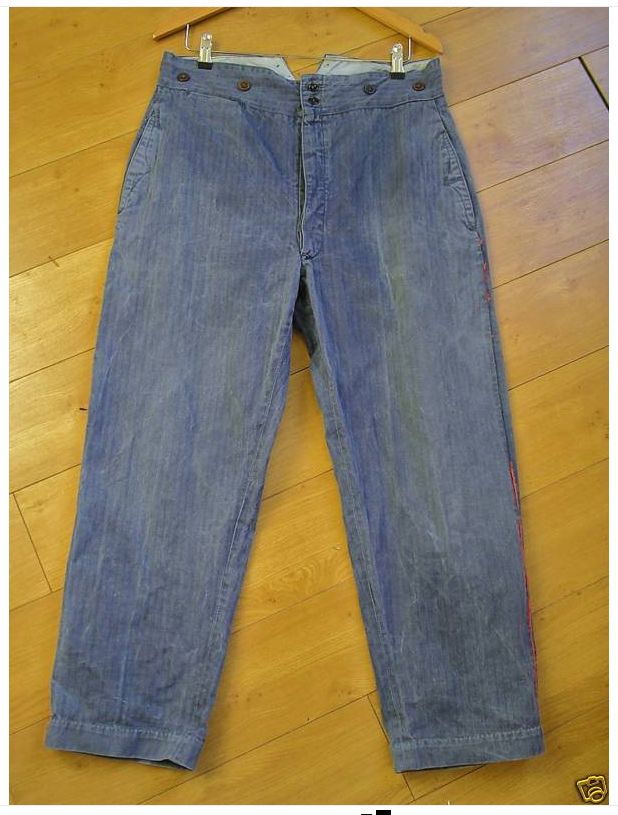Qirrel
Practically Family
- Messages
- 590
- Location
- The suburbs of Oslo, Norway
I am intrigued by those trousers on the 1911 suit, Marc. I have a 1912 suit cut in the "oversize" fashion (extended shoulders, long coat, square swooping fronts, peg top trousers), and the trousers on my suit have the same exact features: Belt loops, side adjusters and suspender buttons where the front buttons are on the inside and the back on the outside. I thought they were rather unusual, but seeing yours make me think otherwise.














